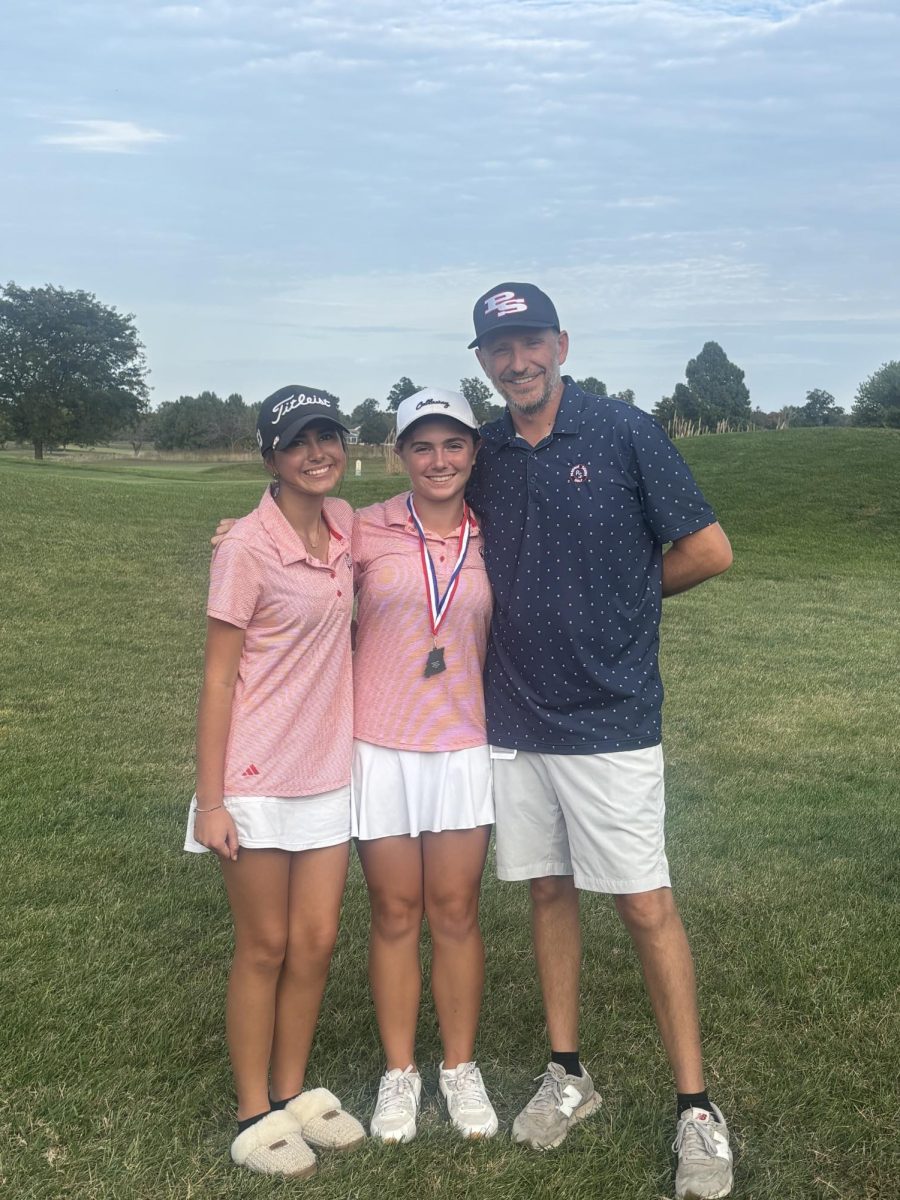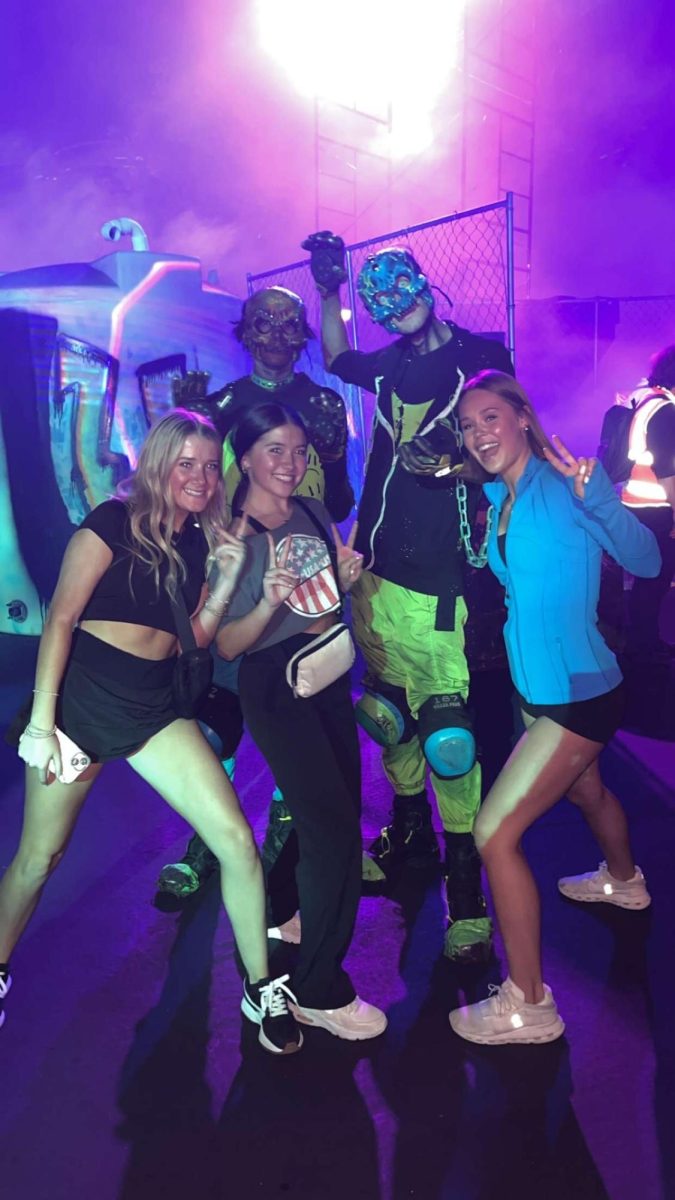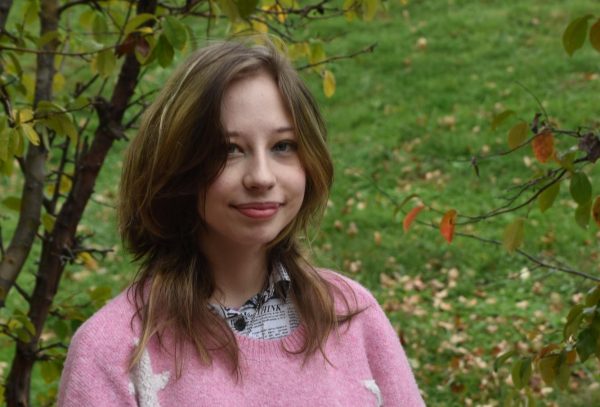Every year, South High sees a multitude of different exchange students. However, not many South students take advantage of this opportunity. Last semester, junior Brooke Kelly was given the opportunity to visit Colombia and study abroad.
Kelly spent five months from August 2024 to January 2025 in Colombia as a part of the American Field Service (AFS) Study Abroad Program.
One of the main reasons Kelly decided to go to Colombia was her “sister.” Although not by blood, after a stay with Kelly’s family many years ago as an exchange student from Colombia during college. Kelly’s family considers her a family member because of the time she spent in their home, and keeps in contact with her.
“She stayed with us while she was studying abroad, and now she’s family,” Kelly said.
When her “sister” was in the U.S. she was a college student, and now 7 or 8 years later she’s about 30. Kelly didn’t live with her “sister,” however over Thanksgiving break the two were able to reunite, despite living in different parts of Colombia.
Kelly traveled to Colombia on a full scholarship, too. To get accepted into the AFS program, she wrote a 3-page essay about her life experiences to explain why she should go.
Once she received her scholarship, she spent her first three days at a small camp for exchange students from all around the world in Bogota, the country’s capital city. Everyone waited there before they would be sent off all over Colombia to their new homes, which were revealed to them about one month before their departure from home. Kelly made friends with a girl from Italy, who eventually ended up being her “host cousin,” because she was staying with the cousins of Kelly’s host family.
“For everyone else, there were at least four or more students going to the same place but we were kind of alone; nobody knew where the town was,” Kelly said. “But after we got to the town we got closer and hung out a lot.”
Kelly ended up in a small town called Aguazul, the closest translation being “blue water.” With a size of 57.14 sq. mi, the town operates quite differently from St. Louis. For example, the streets are labeled with numbers instead of names and it’s more common to walk to get around the city. Kelly used electric scooters to get around and run errands for her host family, who was known for a small business run by her host mom.
“The only dangers of course would be the cars, and the dogs. There were a lot of stray dogs,” Kelly said.
Kelly said she was never attacked by any of the dogs, and her trip to Colombia proved to be safe. The worst experience she had was when her scooter almost lost battery on the way home from the store.
“[My host family] was like, go get some milk from the store, or some seasoning from the seasoning store. They have really big seasoning stores. I was at 2% on the scooter, and I was 30 minutes away from the house. So I had to use my gut feeling to navigate back home,” Kelly said, “Luckily, the scooter didn’t die, and my host family was like, oh, how was your trip? And I was like oh, I got lost in the dirt.”
Most of the time Kelly’s experience out and about was just an opportunity to learn about the differences between Colombia and the U.S. In her opinion, the largest difference was the food and the people.
“Over there, none of the food is processed. Absolutely none of it.If you want something processed, you have to go to the big supermarkets in the big cities,” Kelly said.
More natural food also meant a lack of some of America’s neon-colored sodas. Kelly recalled that there was no Fanta. Instead, there was milk sold in bags and a lemon-flavored soda named Quatro.
“The closest you can get to it here is lemon-flavored Sprite,” Kelly said. “My brother came to visit, and he said ‘can you bring me one of those back?’ I still don’t know how I got these things through the airport.”
Outside of grocery stores, the food at home was still very different from back home. The people there eat a lot more meat, according to Kelly, and sometimes animals don’t come from farms; they come from family members.
“My host grandparents had a chicken farm; you could take chickens home,” Kelly said. “They do everything from scratch, and they use everything. They’re recyclers.”
Another difference from home was the schools. During her time in Colombia, Kelly attended a small private K-12 school where every grade had only one class of students. She says most, if not all schools in Colombia were K-12. For example, the 11th grade class consisted of 26 students and everyone learned in the same classroom. In Colombia, 11th grade is also the last grade before graduation.
“That’s why most of my previous classmates are in college right now. We all graduated in November,” Kelly said.
Kelly’s school followed an A calendar, since Colombia has two different school calendars. For her, she started at the beginning of the year and ended in the same year.
“Classes begin late January or early February and end late November and Early December,” Kelly said.
The B calendar in Colombia looks a little bit more familiar.School starts in August or September and ends in June or July the following year. Calendar B is about where the similarities stop. There aren’t any school buses, either. Students could drive themselves, be driven by parents, or a “route.”
“The route refers to a carpool that comes and picks up and or drops off multiple students from one or more schools,” Kelly said.
She was transported by a “route” driven by a woman who drove her and 5 other students of varying grades. According to Kelly, it’s common for cars and motorcycles to be crowded.
“I once saw seven people on one motorcycle, no joke,” Kelly said.
After arriving at school, Kelly’s classes would start at 7:30 a.m., and then end at 12 p.m. for lunch, and on Monday and Friday the students would just go home for the day. The rest of the week, students would return to school at 2 p.m.
“Lunch was also served at the school but most kids went home to eat home-cooked lunch and shower,” Kelly said.
Kelly’s school, like many other schools in the country according to her, would have to wear uniforms. The uniforms only had to be worn in the morning, when students would return for classes at 2 p.m. they were allowed to wear street clothes. Their school day would usually end at 5 p.m., and between each class there would be 10-minute breaks. Students used this time to go to the school store.
“They would sell Arepas and Empanadas every day, which are a really common street food in Colombia,” Kelly said, “snd they would have a full rack of chips, cookies, gummy candy, that you could buy from them as well.”
According to Kelly, the most common thing to buy was a bag or bottle of water and an Arepa for 3,500 to 6,000 pesos, which would be between $0.75 and $1.50 in U.S. dollars.
One of Kelly’s favorite snacks actually came at the very end of her trip. Once the time came to go back home, she spent the last 3 days of her trip back in the camp she had started at.
At the camp, there was a coffee machine, expected for a country known for their coffee.
“I don’t know what they put in their coffee, but it’s amazing,” Kelly said.
She and the other students really enjoyed the coffee, because at some point in their three days there they drank so much coffee and were subsequently banned from using the coffee machine.
“They actually banned us from the coffee, so I stole some of their sugar out of spite. I’m surprised [the sugar] all made it back from TSA,” Kelly said.
Kelly is now back at South, continuing the rest of her junior year, but she still remains in contact with her friends from Colombia.
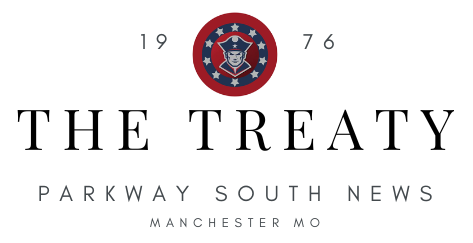

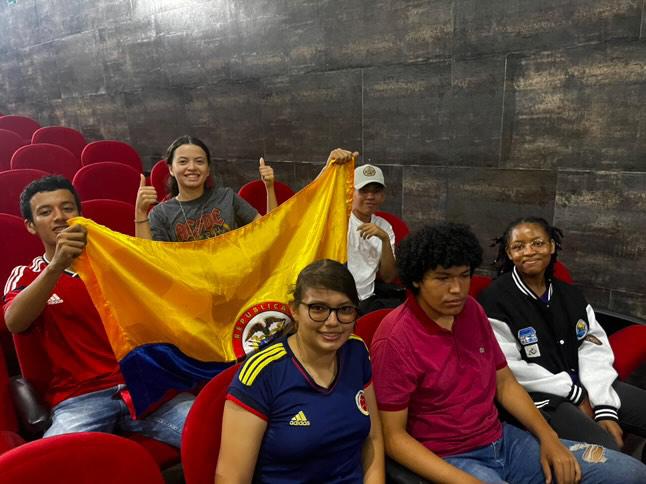
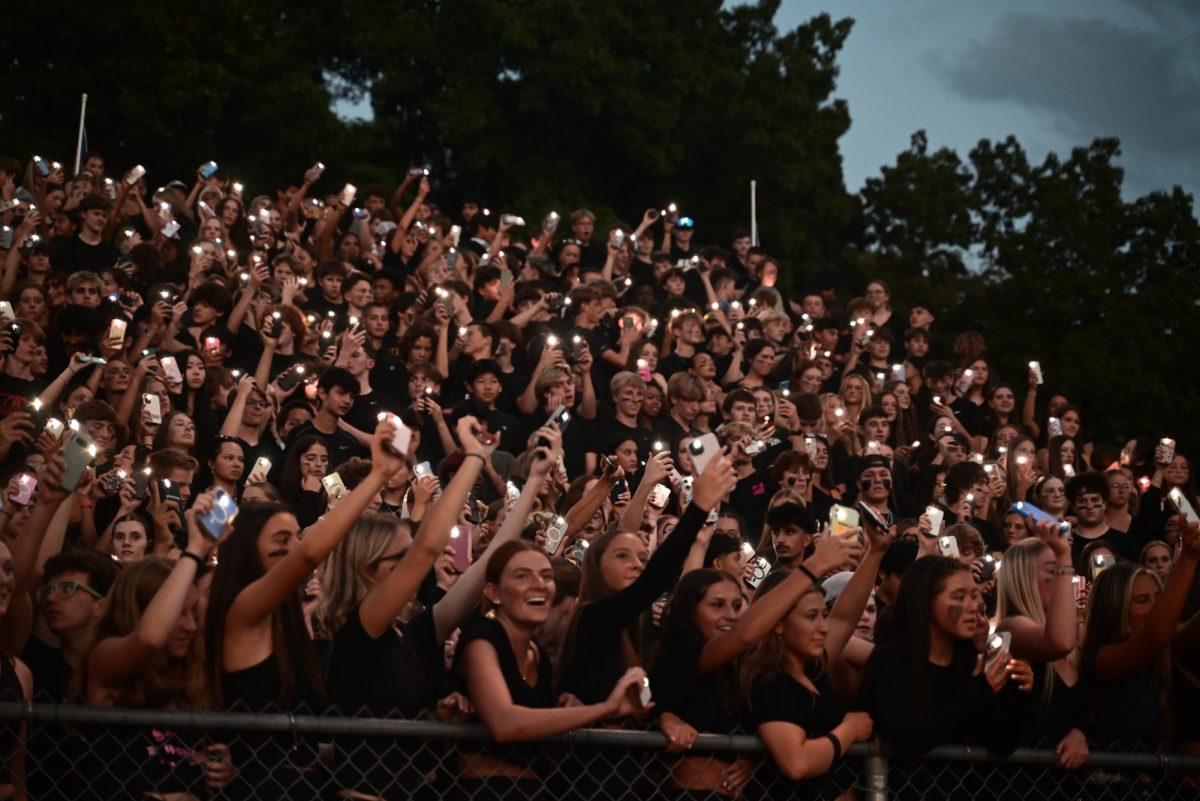
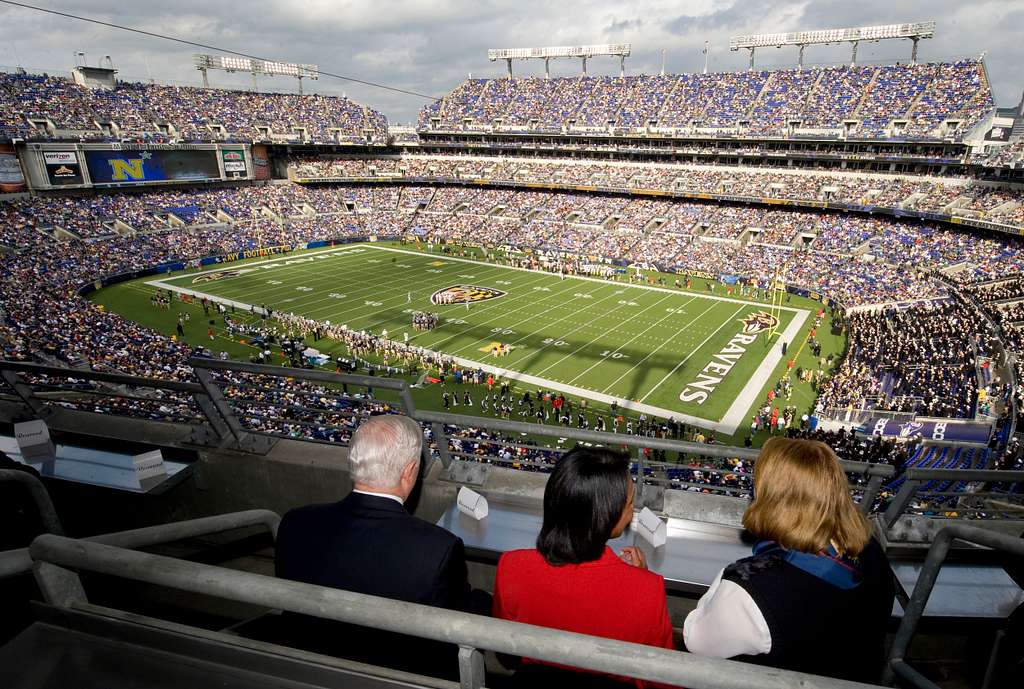
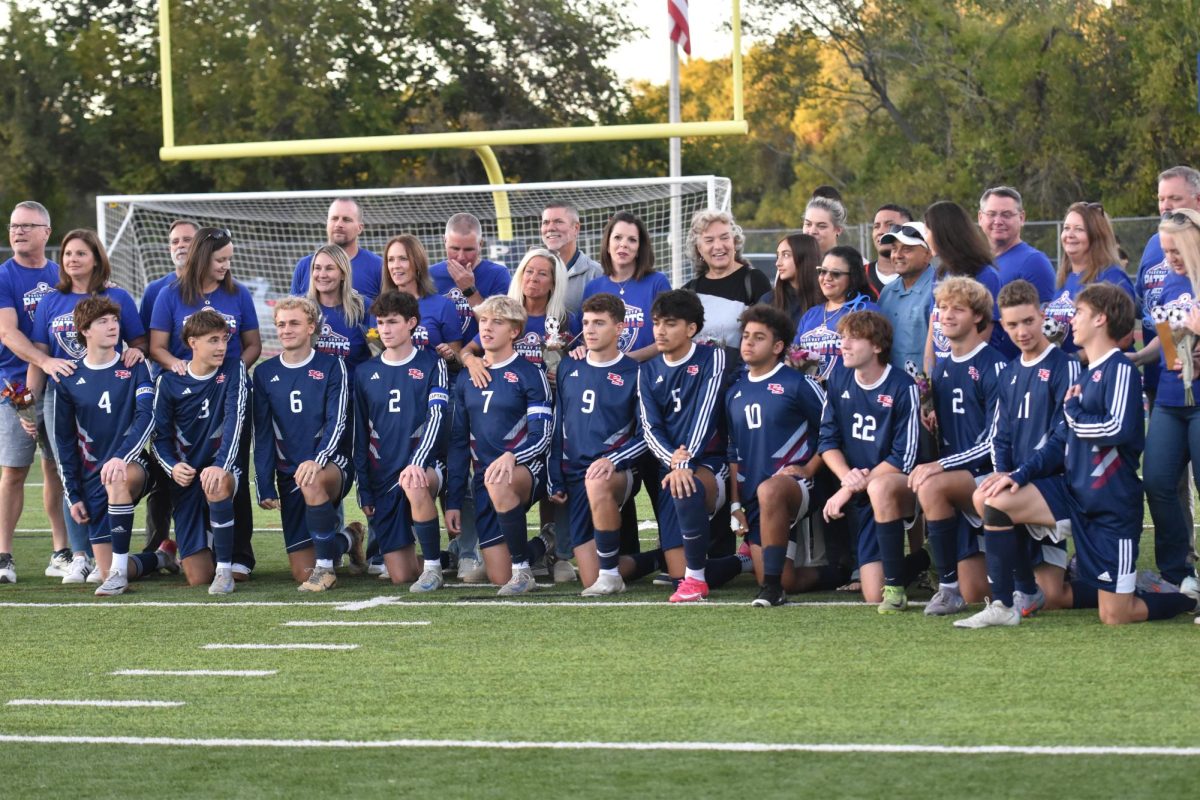
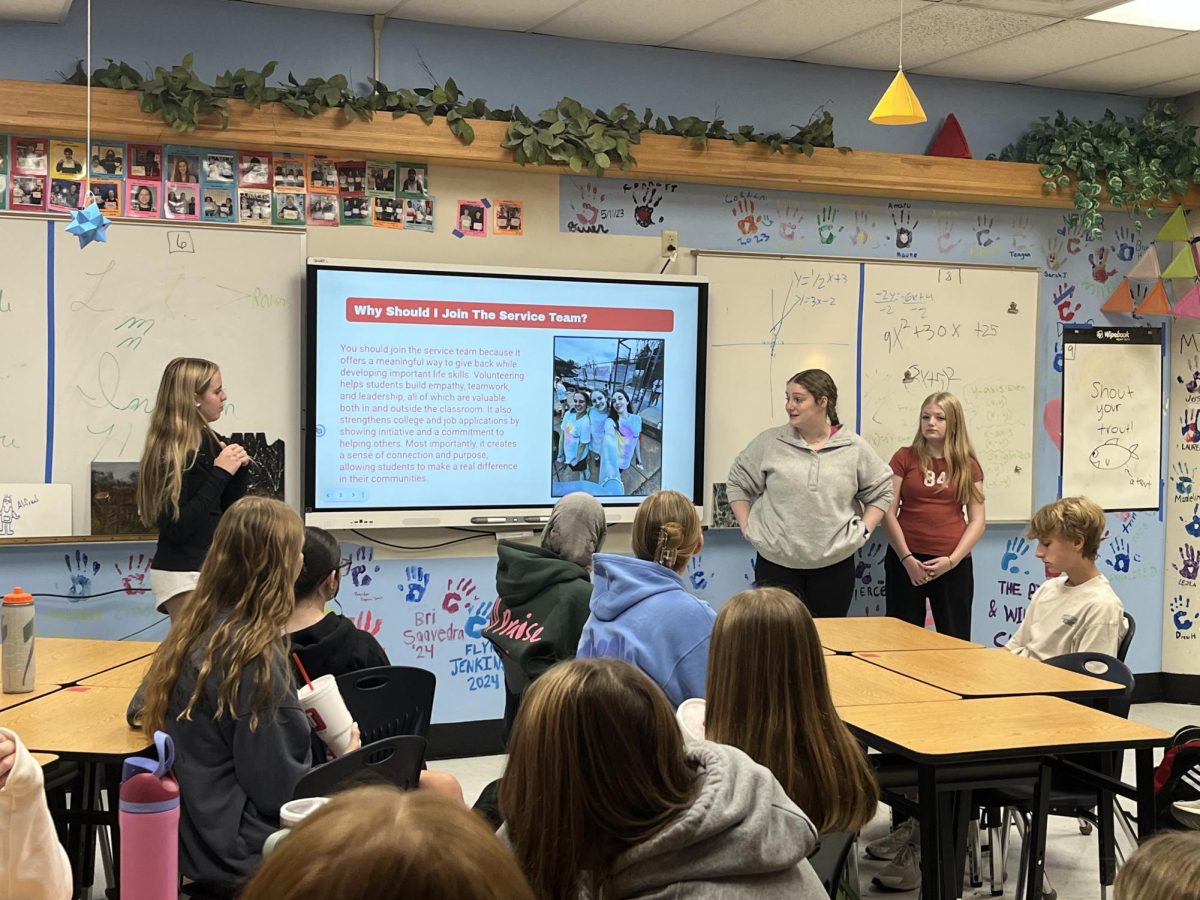
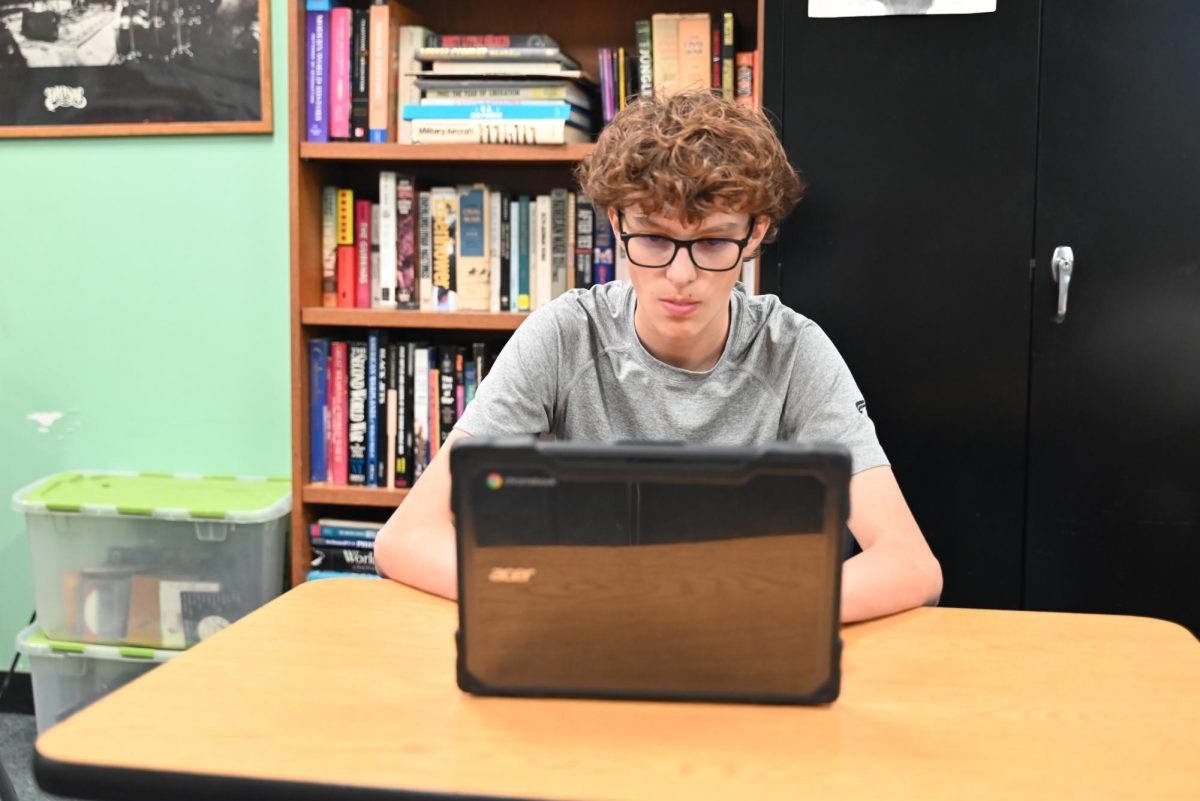
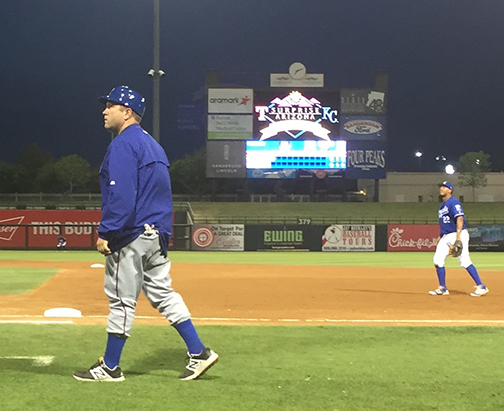
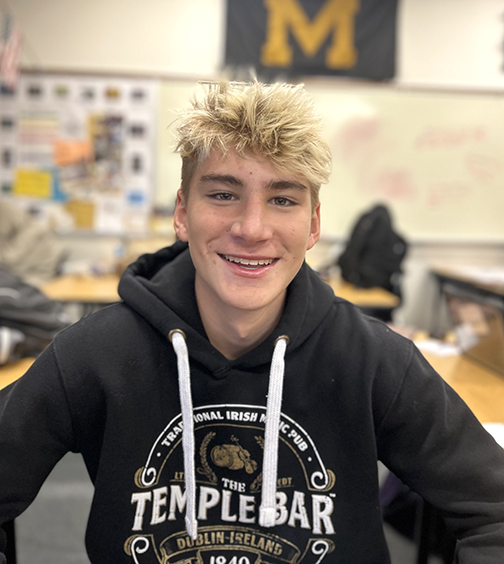
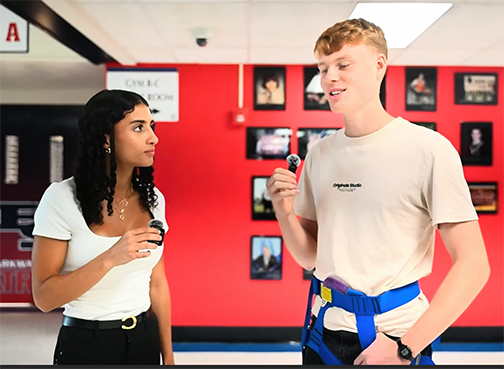

![With her mom and sister cheering her, senior Maiyah Syed gets recognized on Senior Night for Color Guard, Oct. 10. "It felt pretty good [to be recognized]. I thought it was nice to have all my accomplishments laid out [by the announcer.] [I'm really going to miss] the evening practices and the bonding with the team over everything," Syed said.](https://psouthtreaty.com/wp-content/uploads/2025/10/emilypiccropped-Gavin-Brady-935x1200.jpg)
